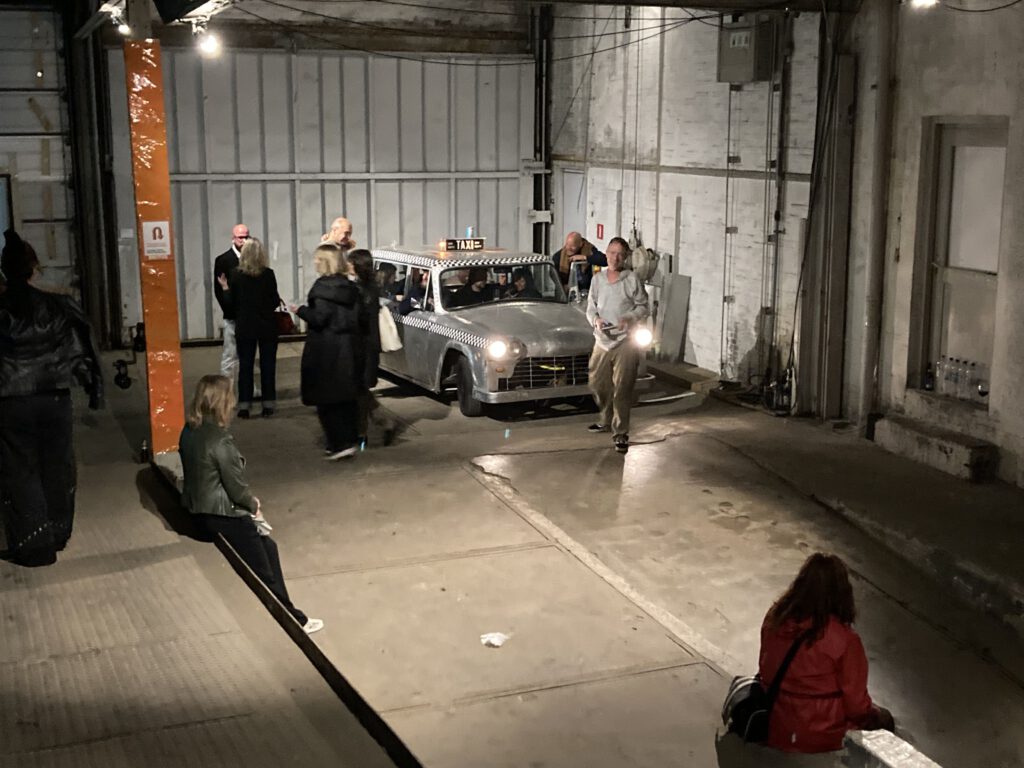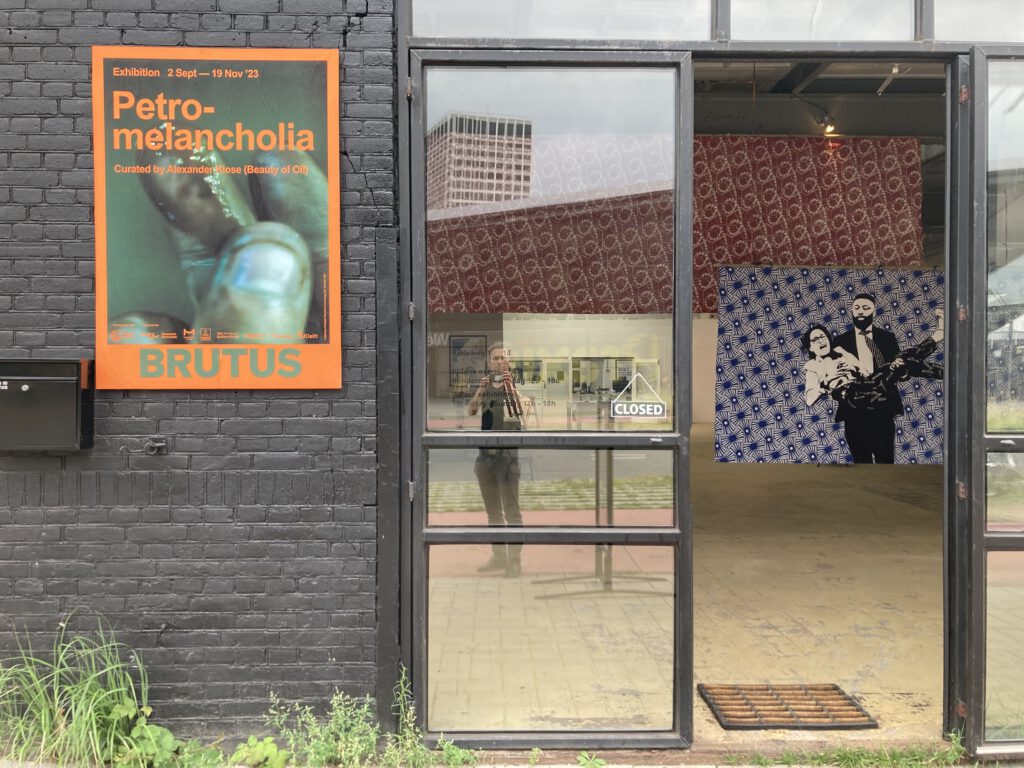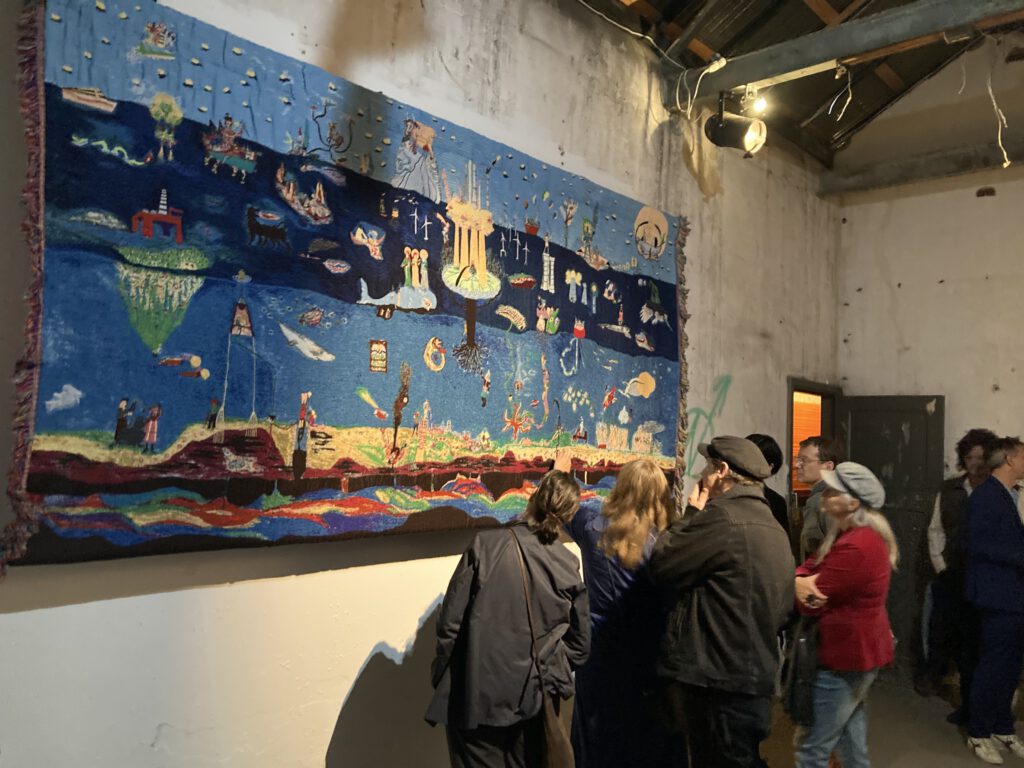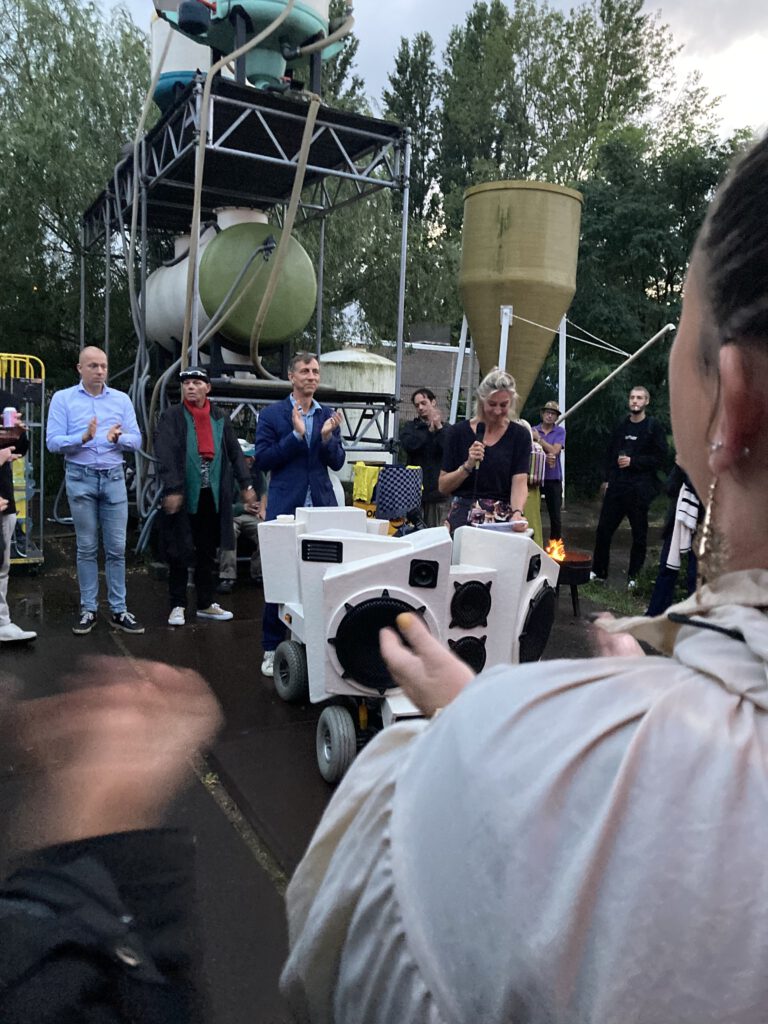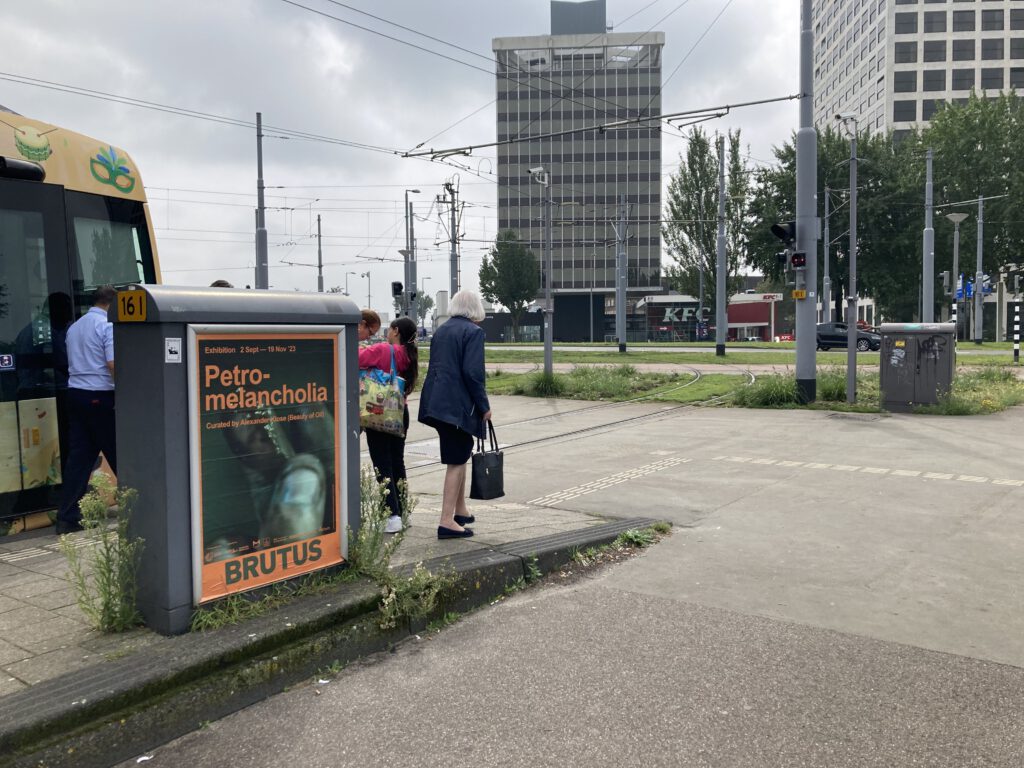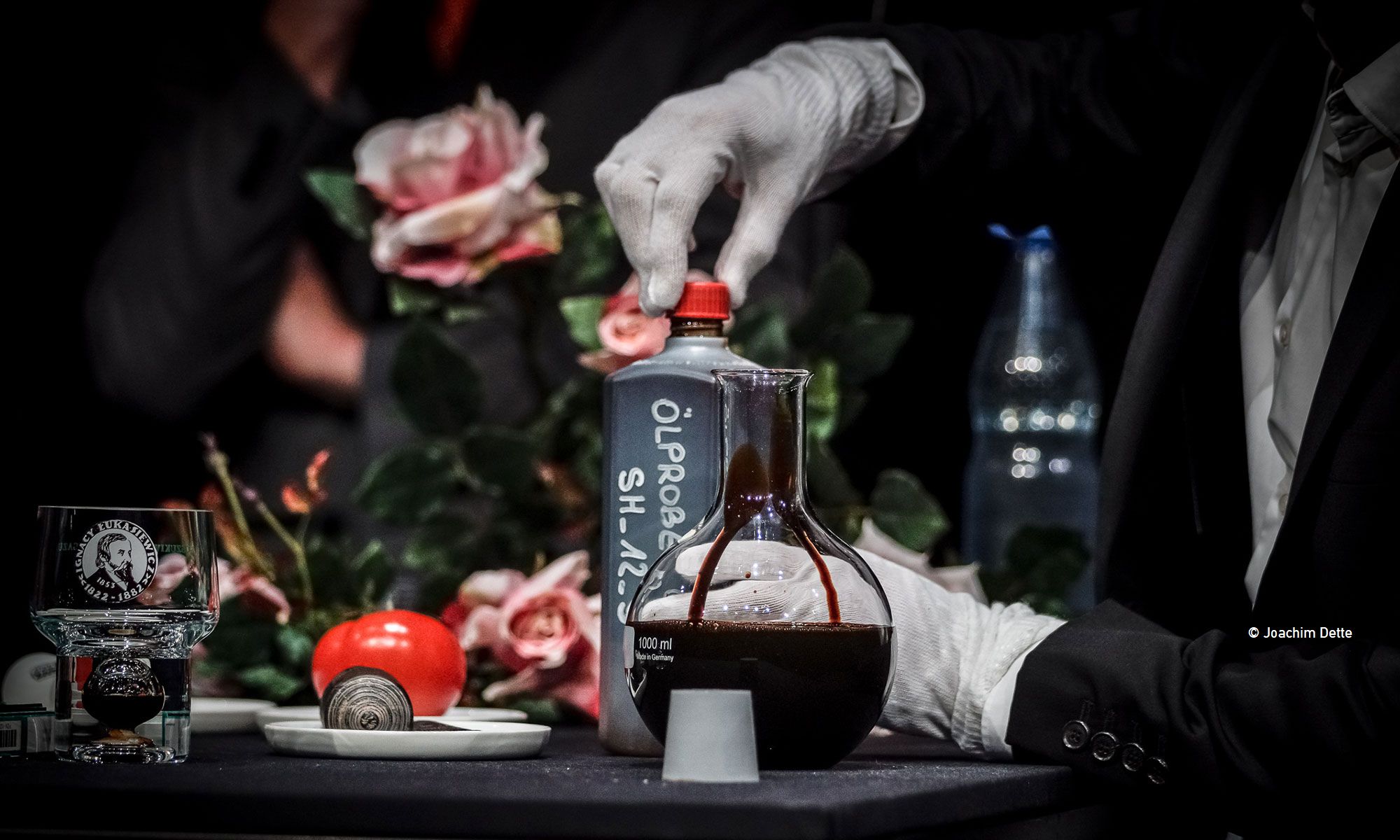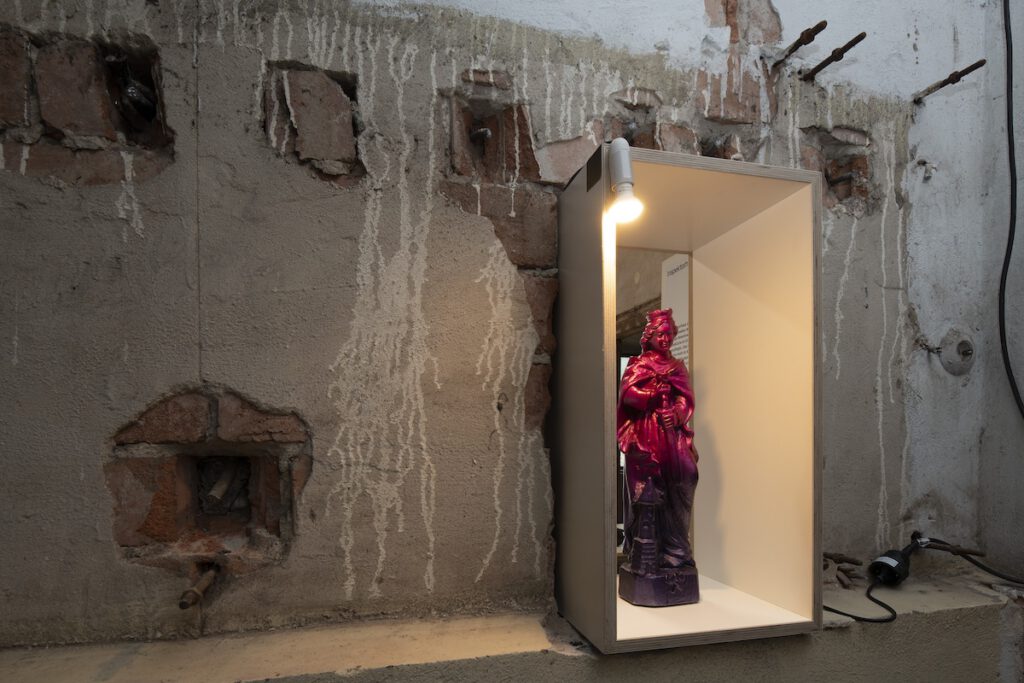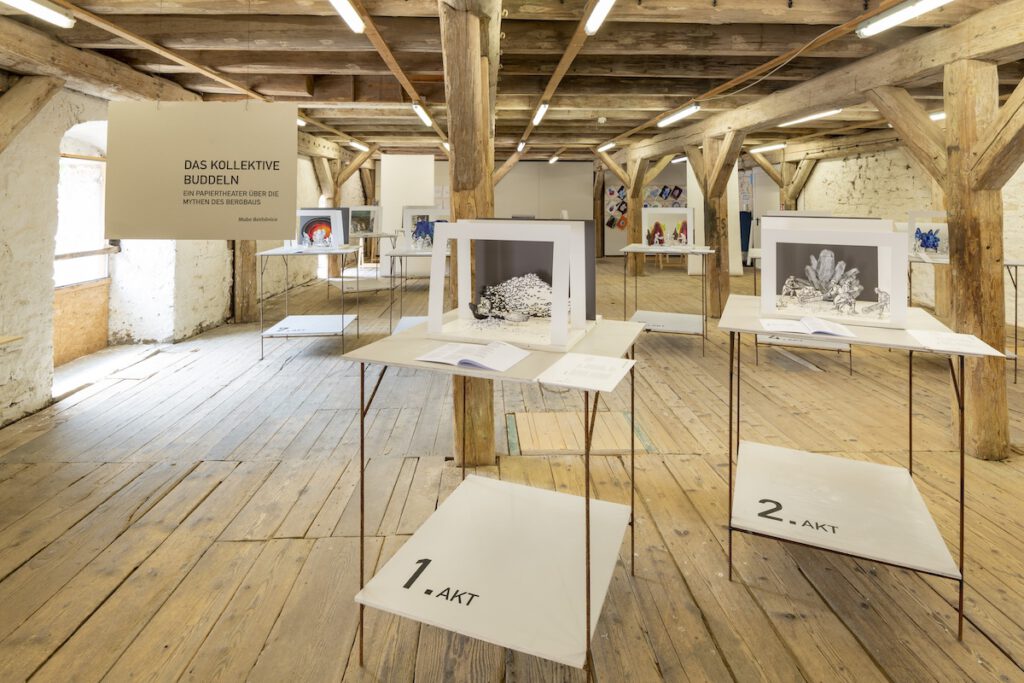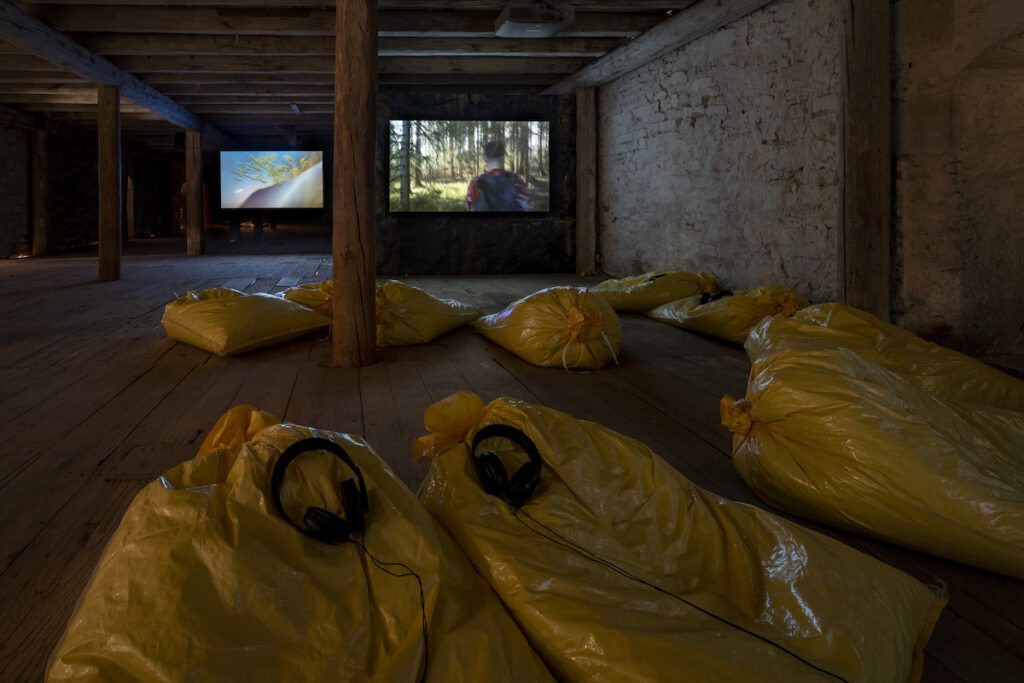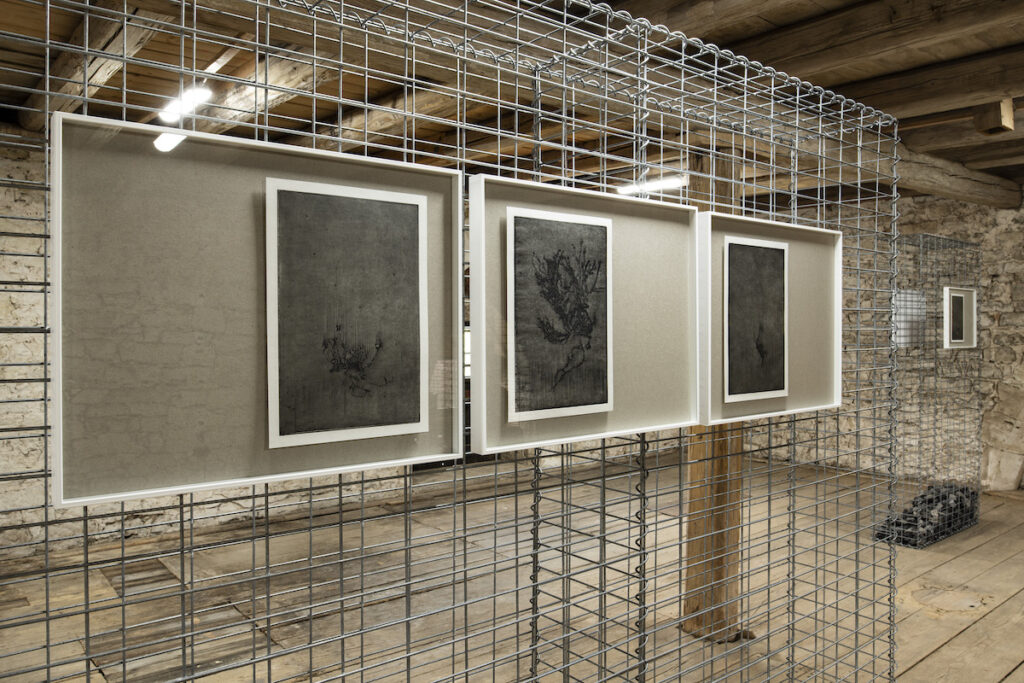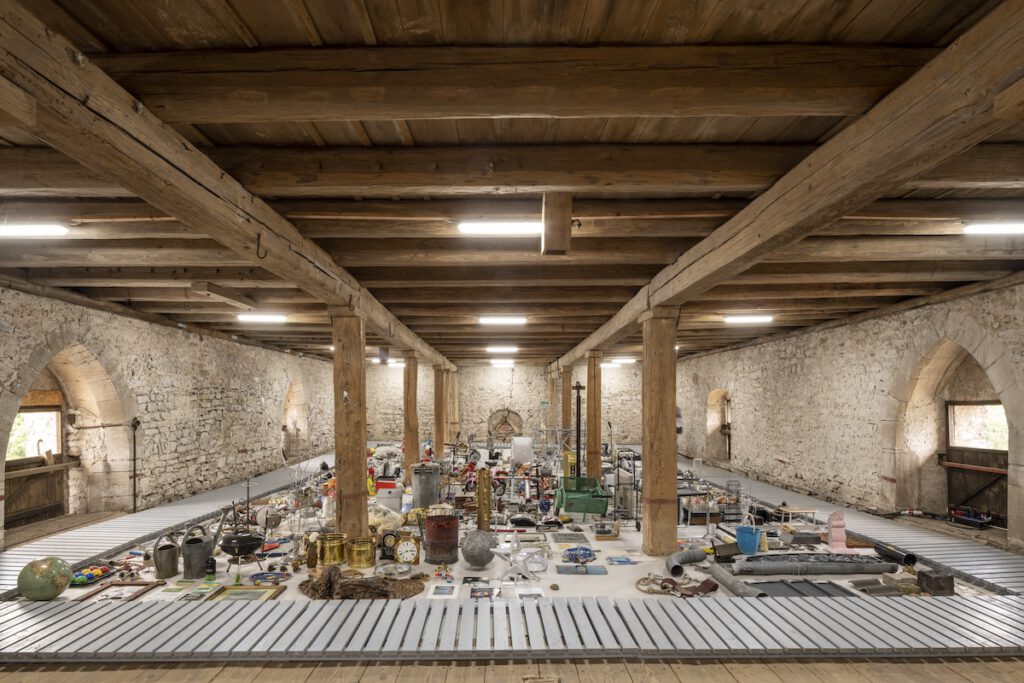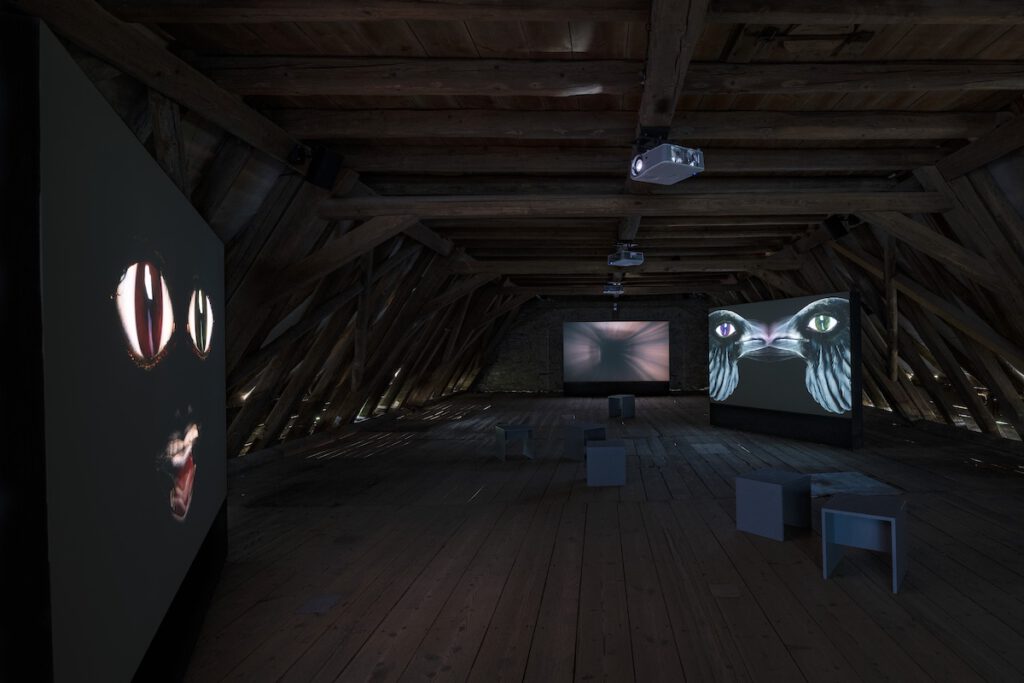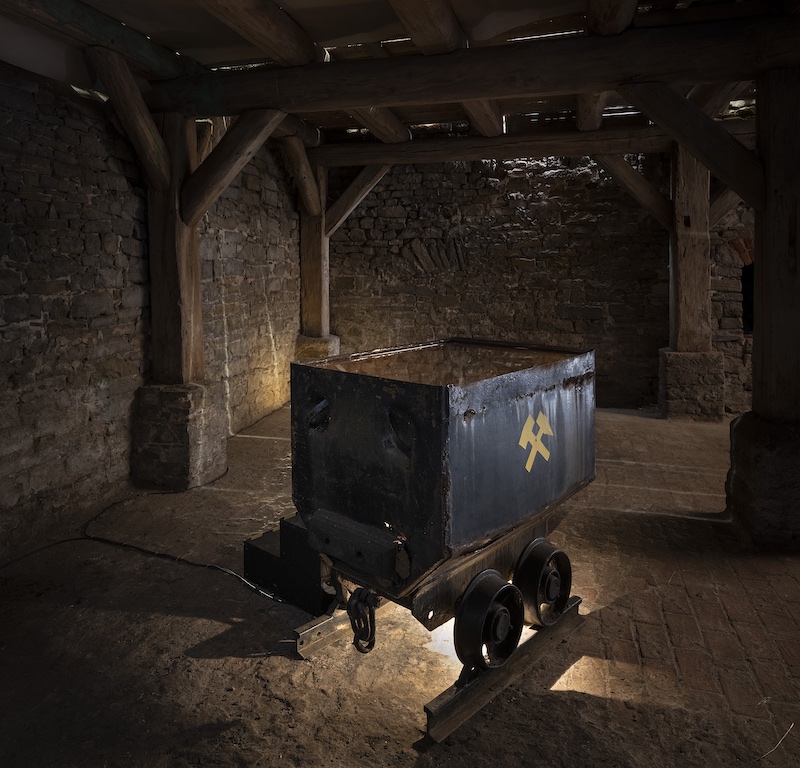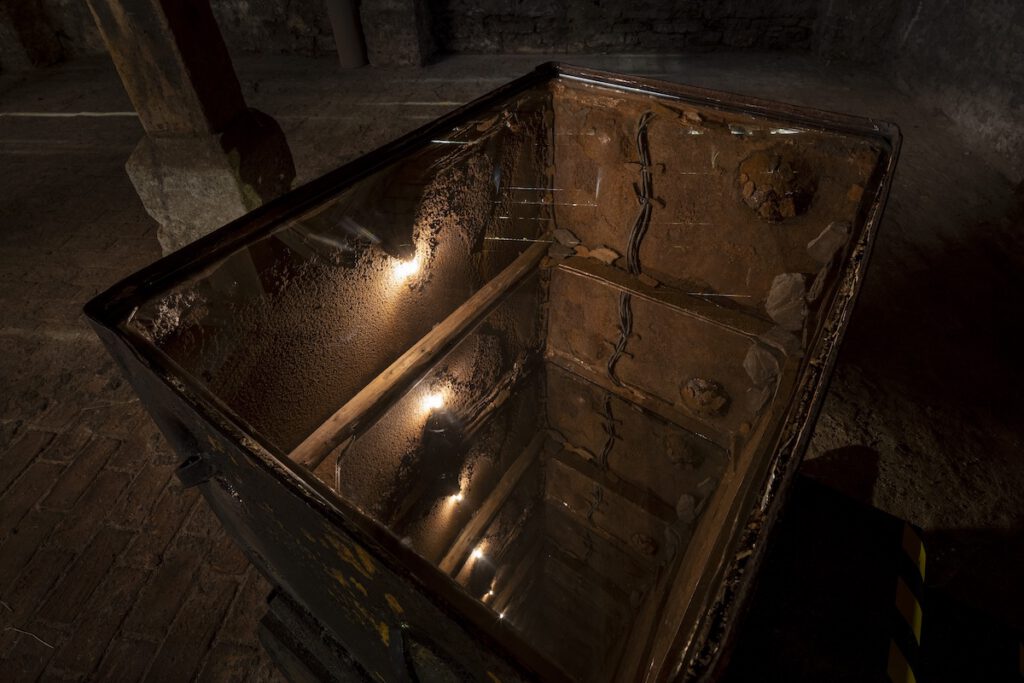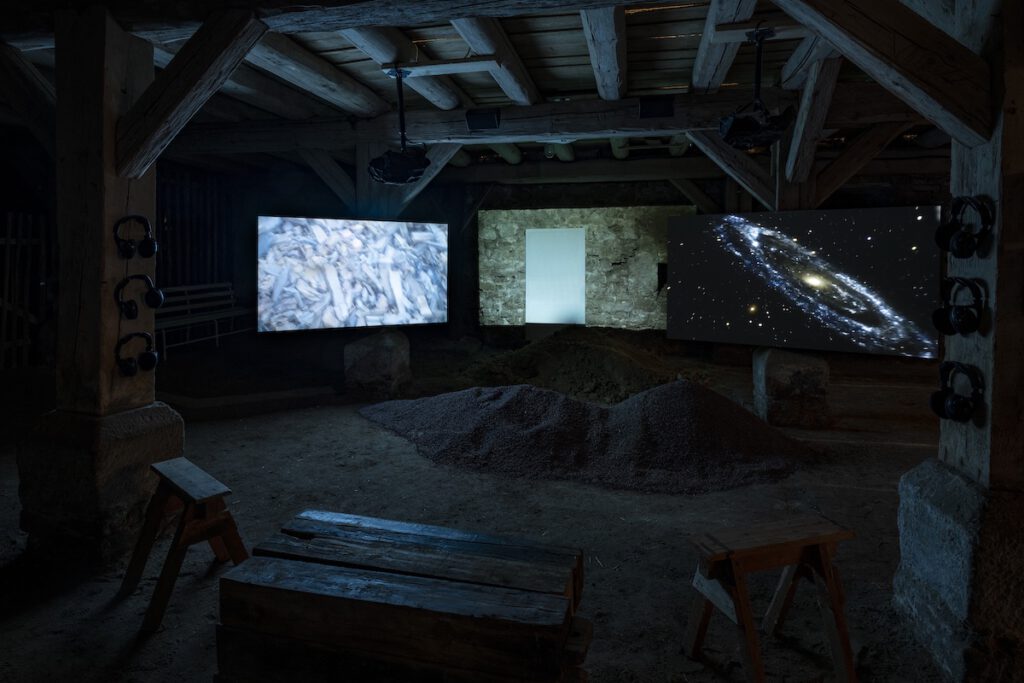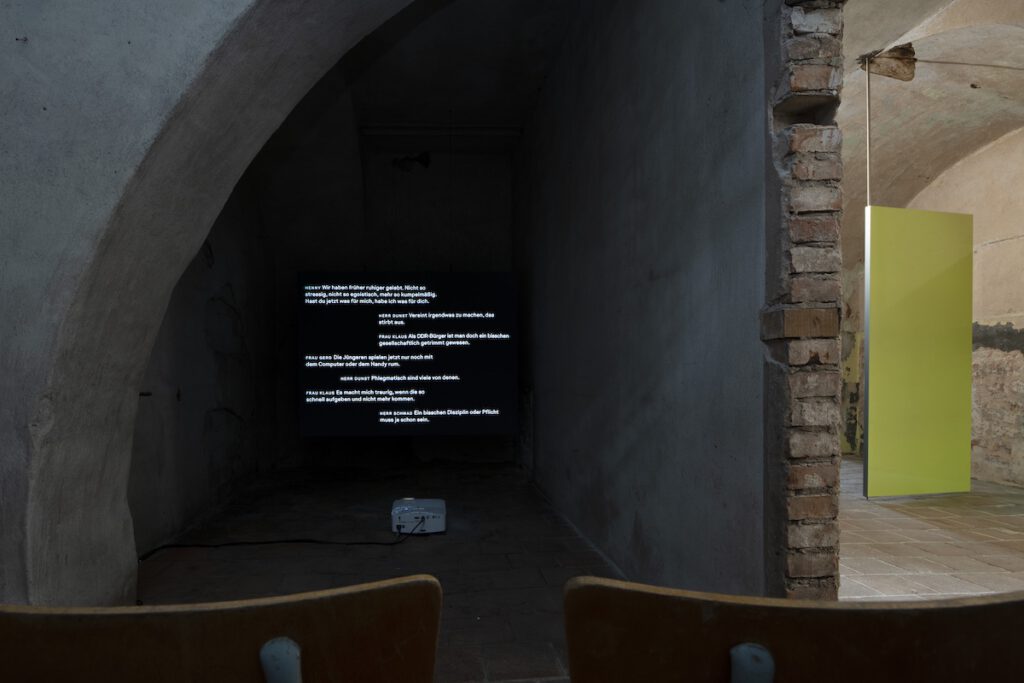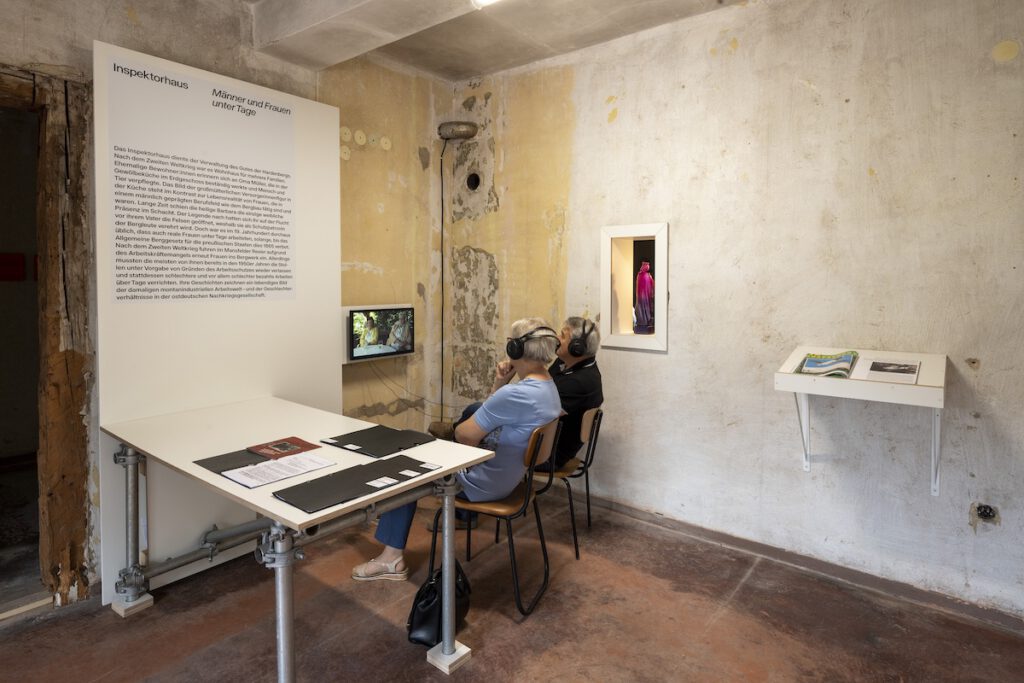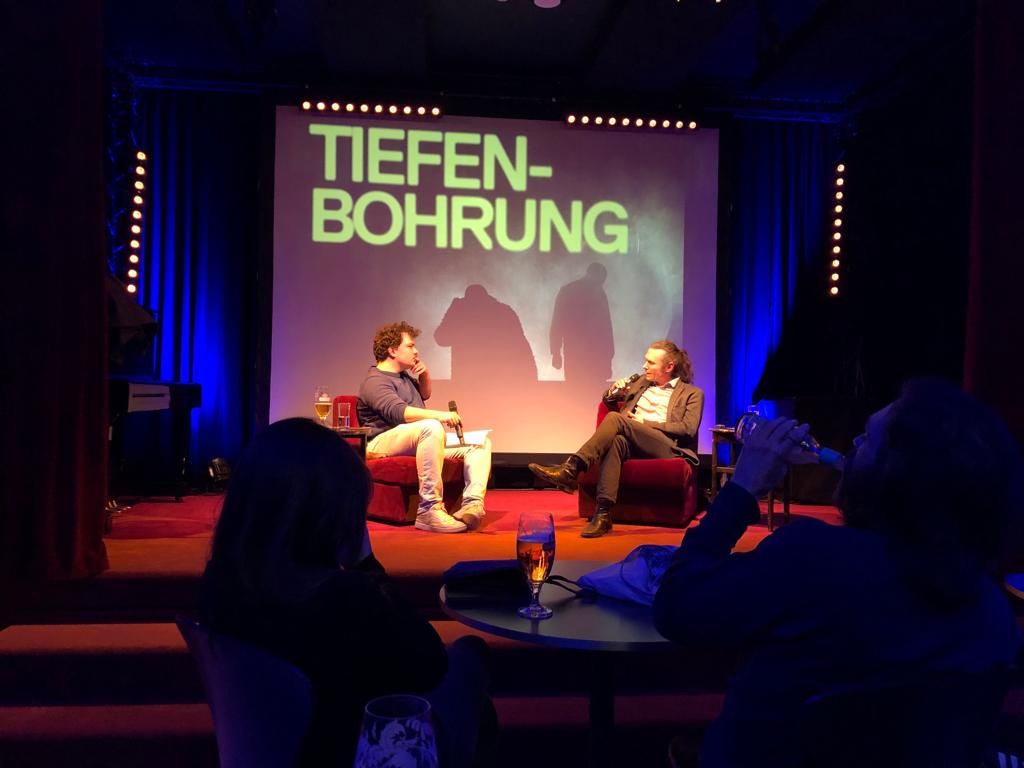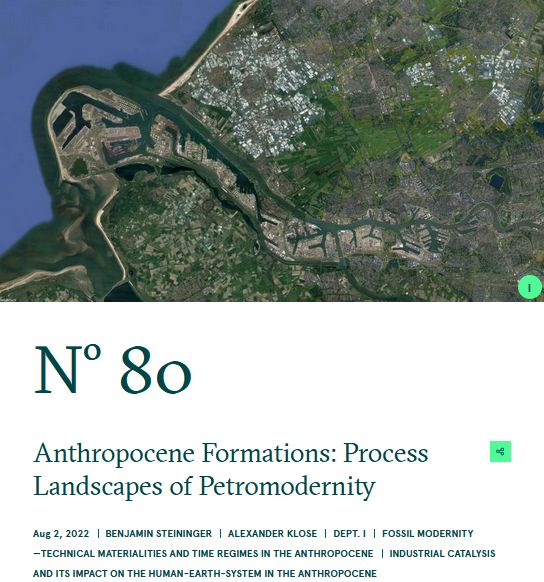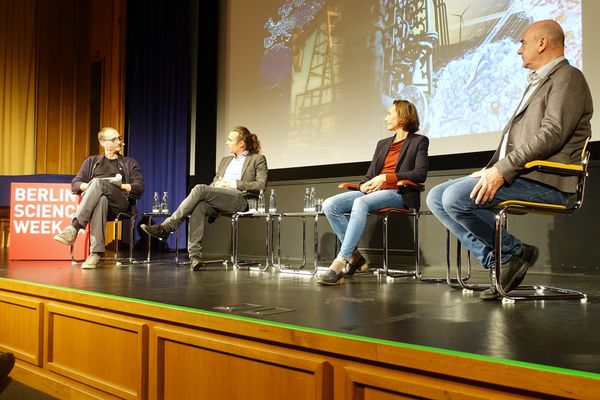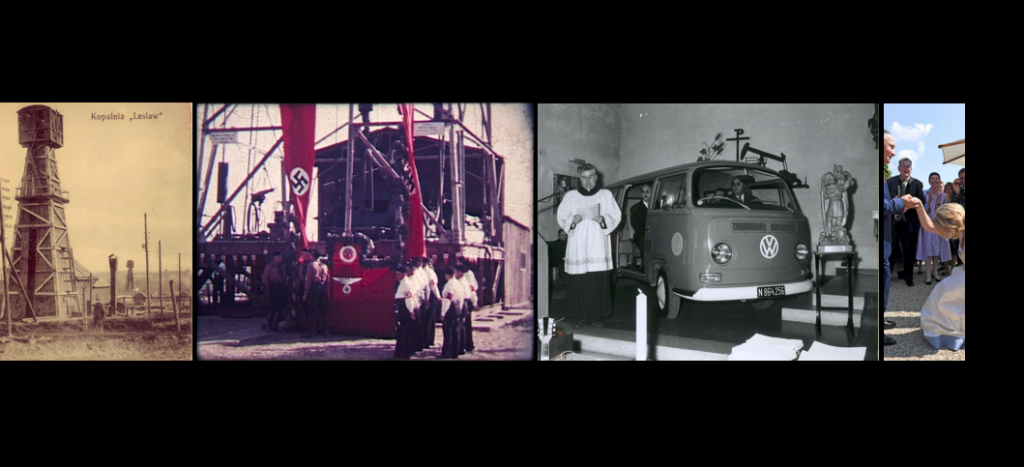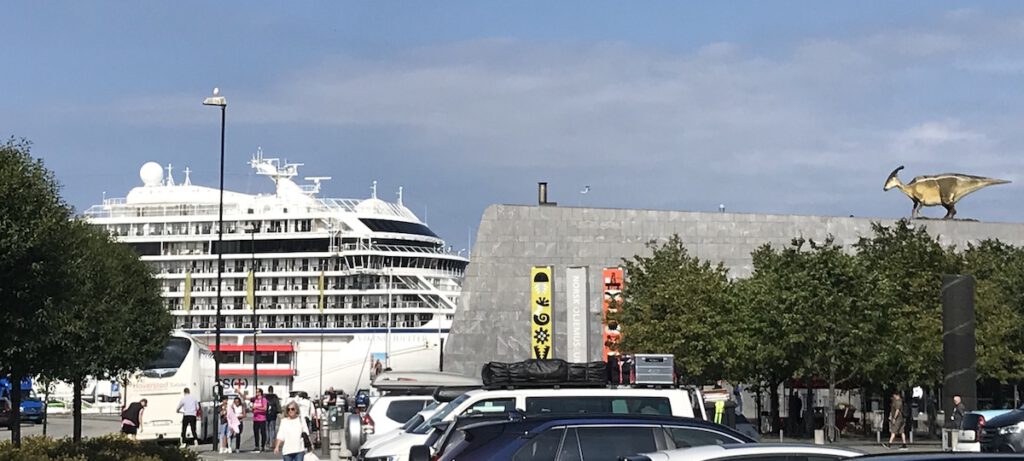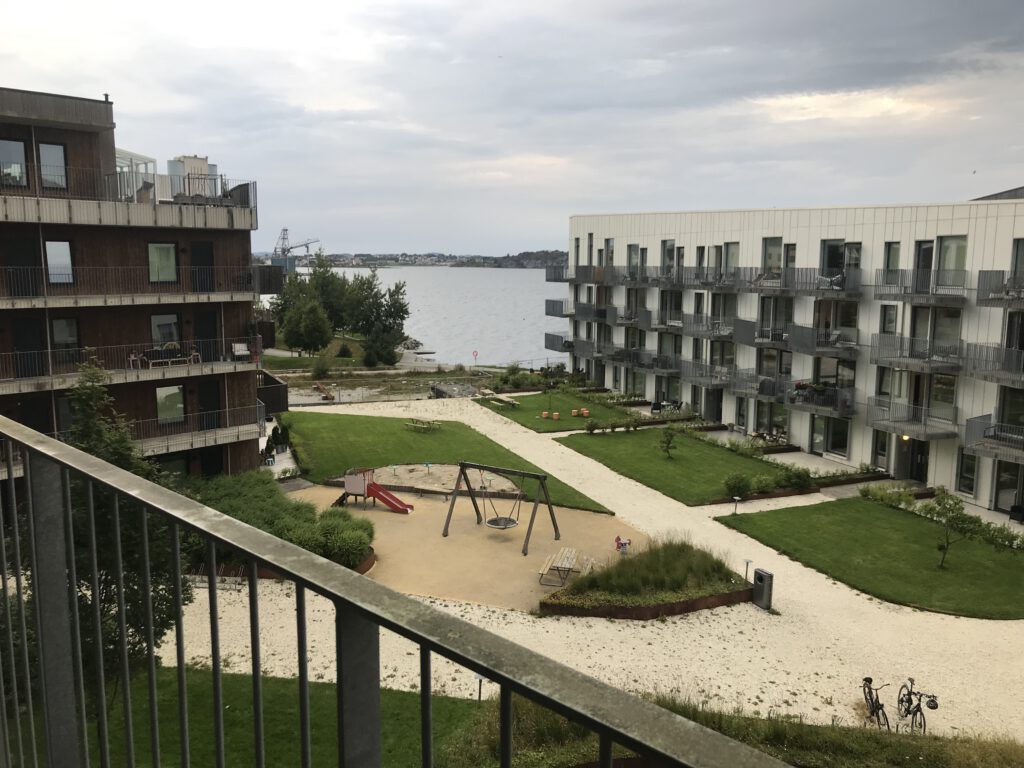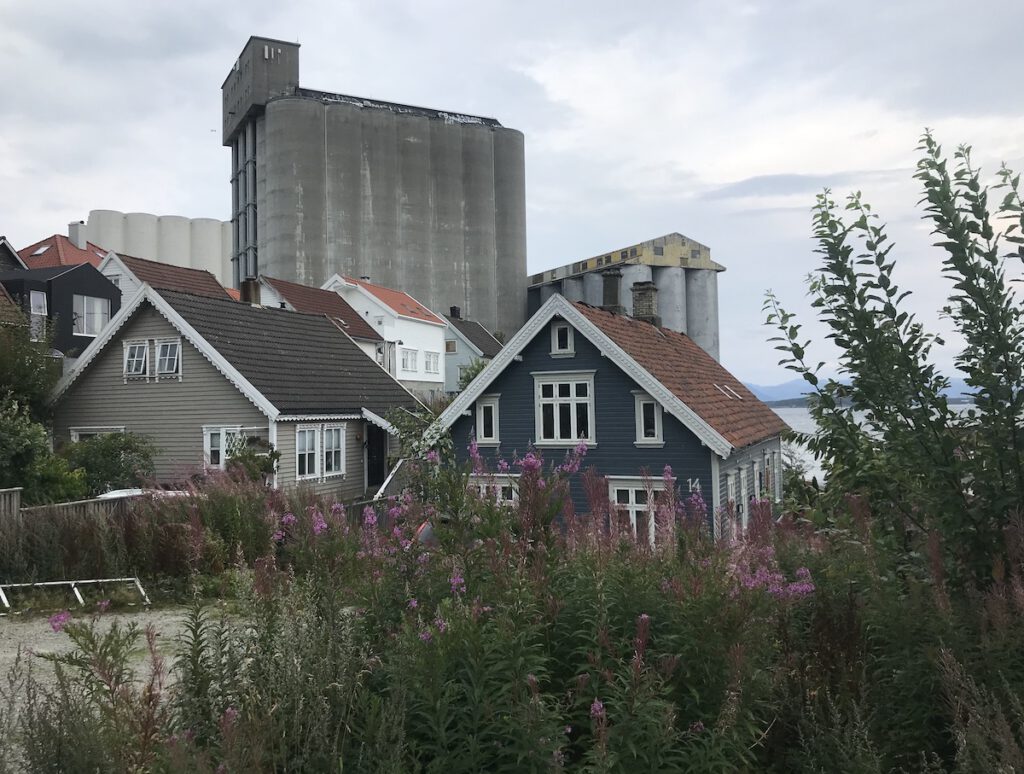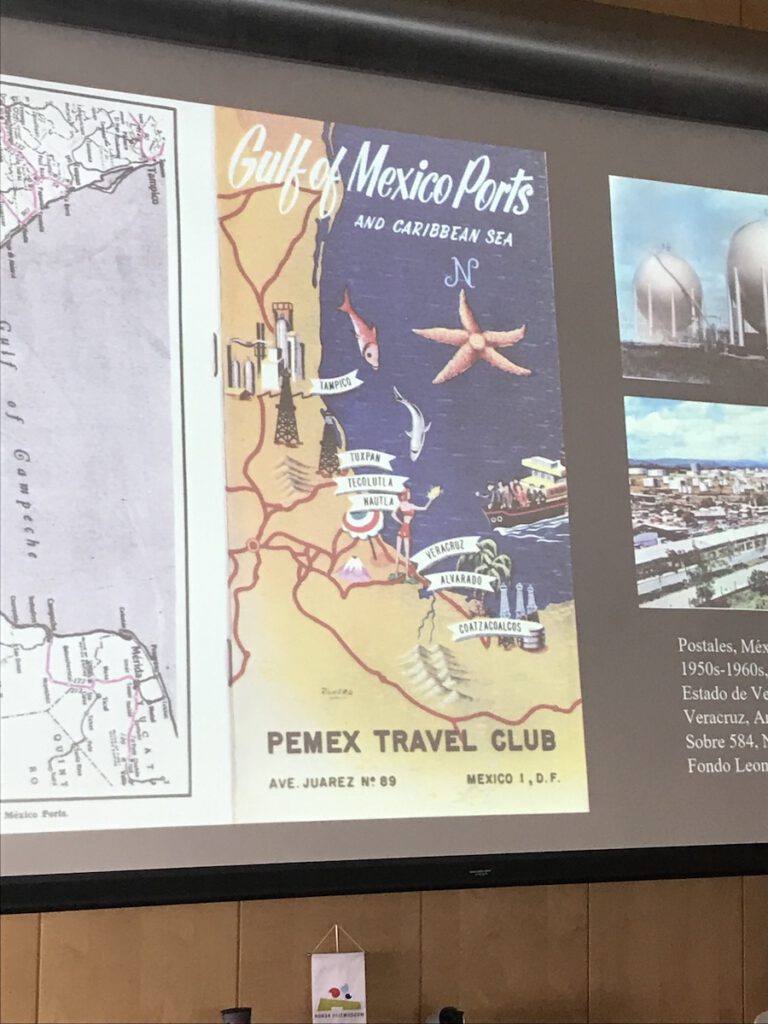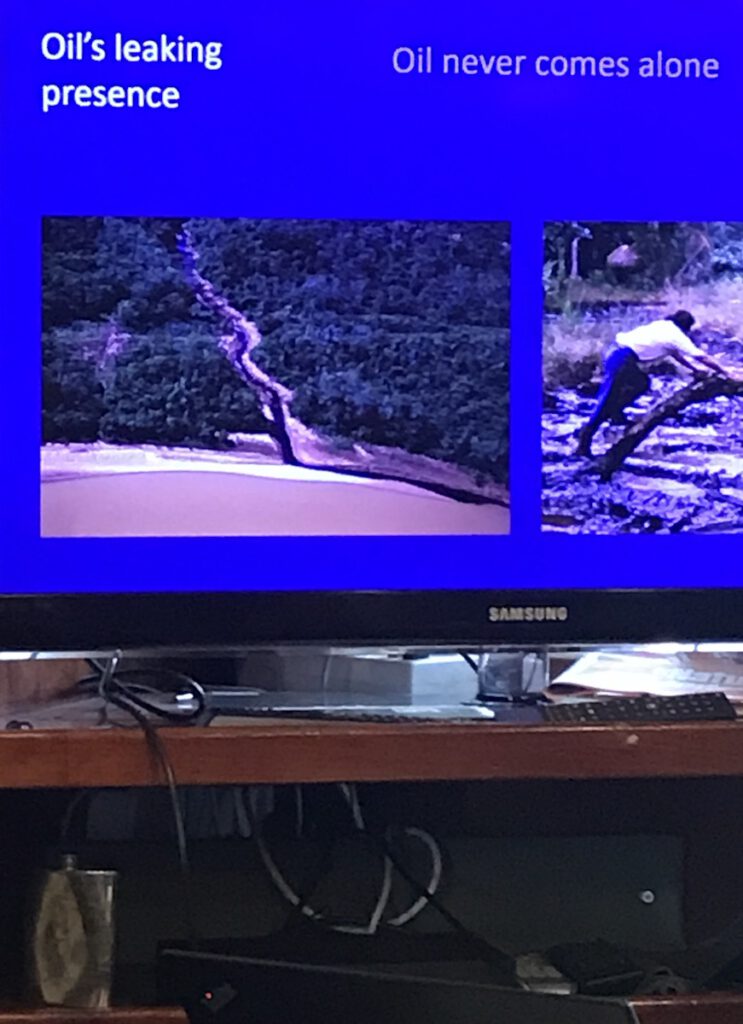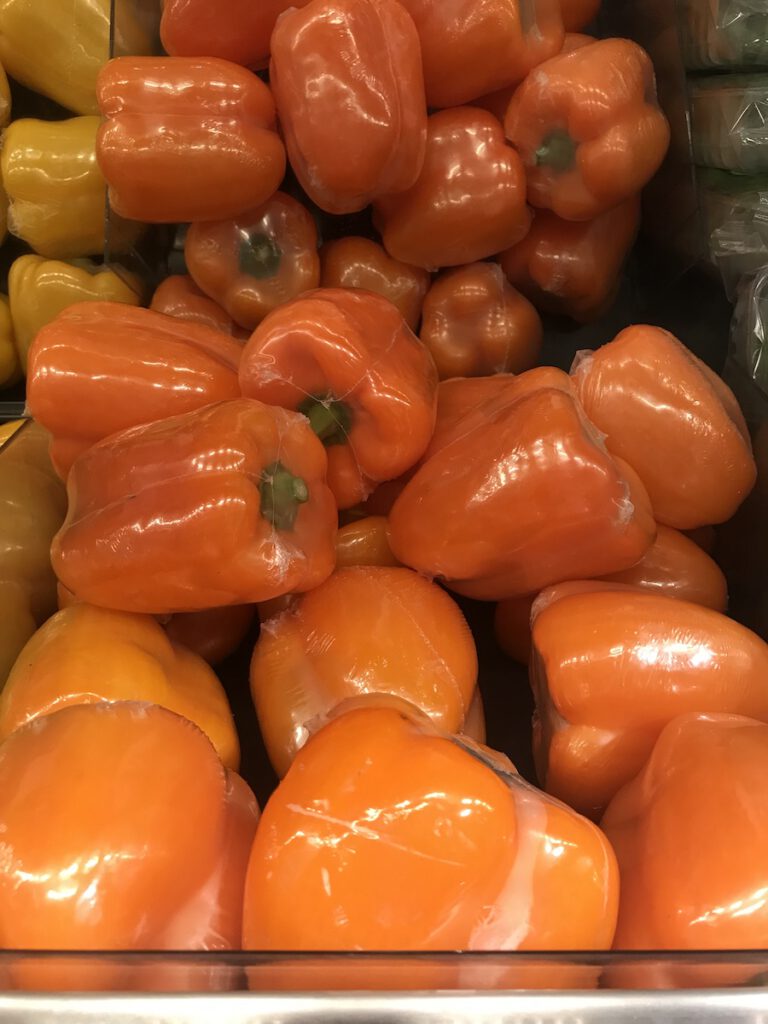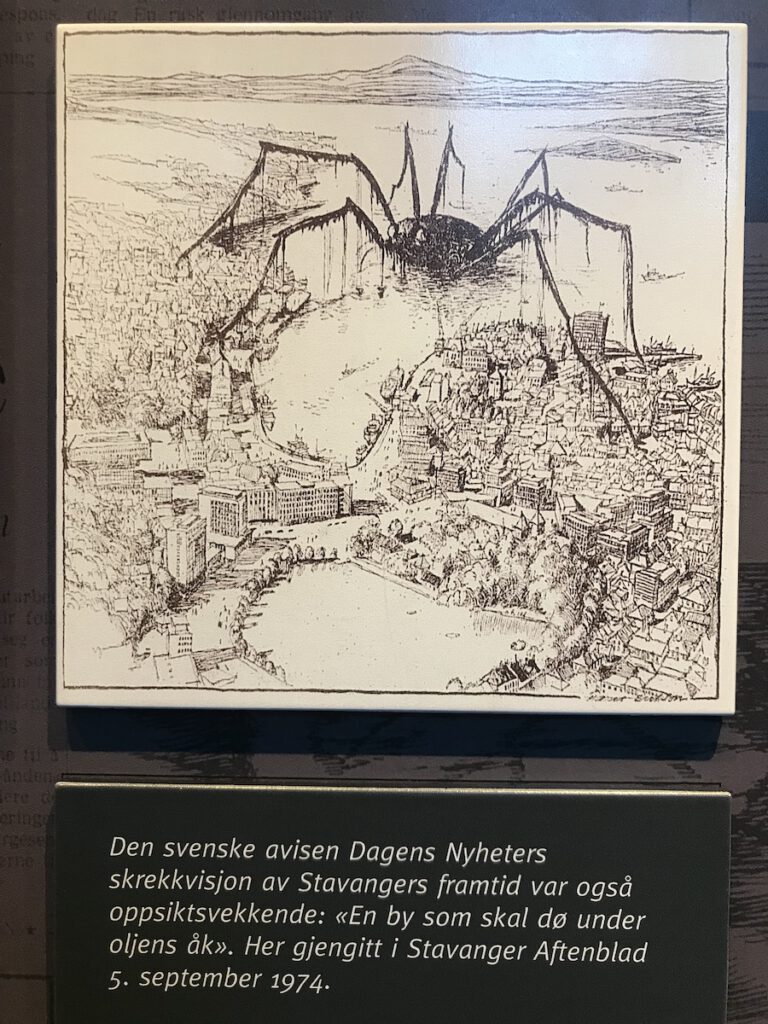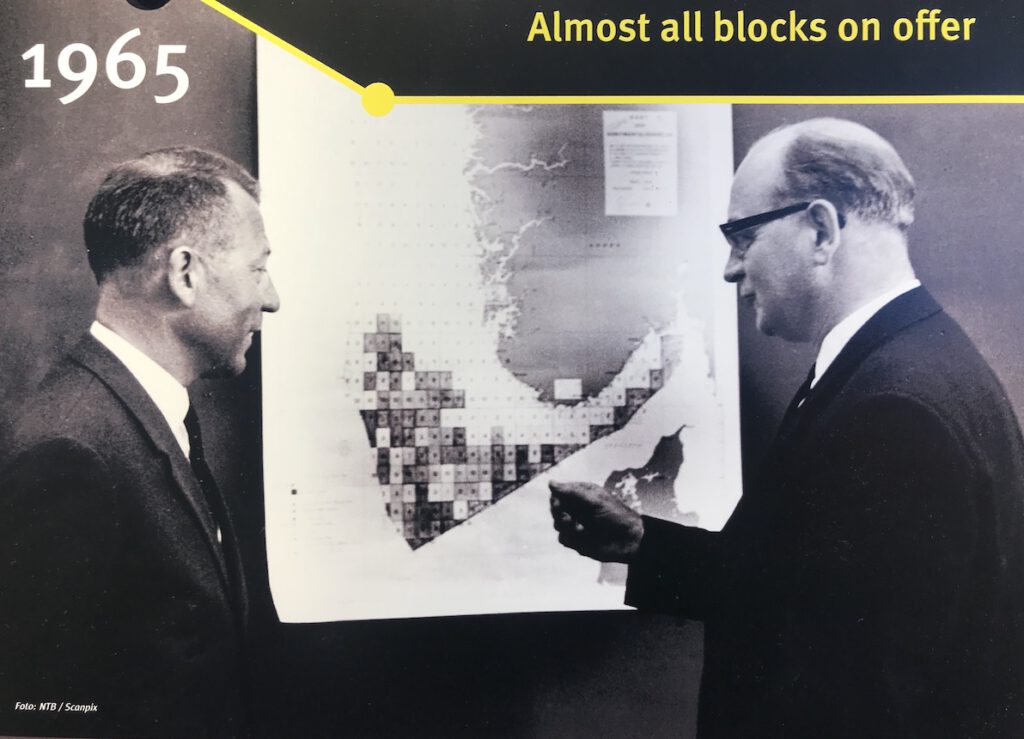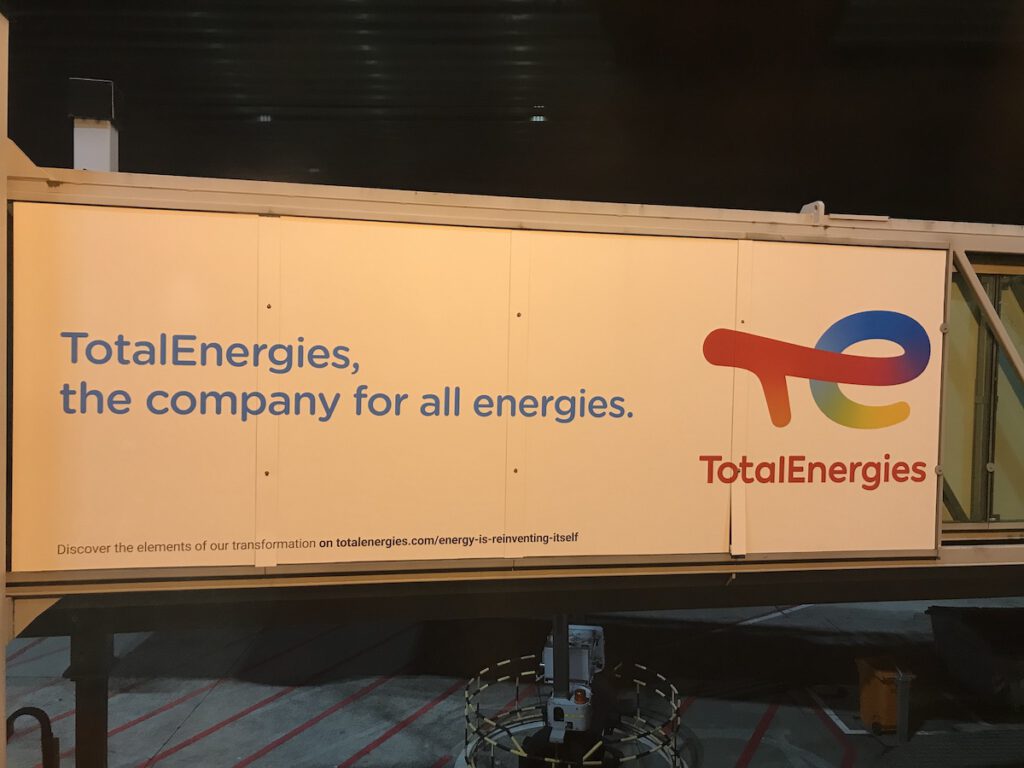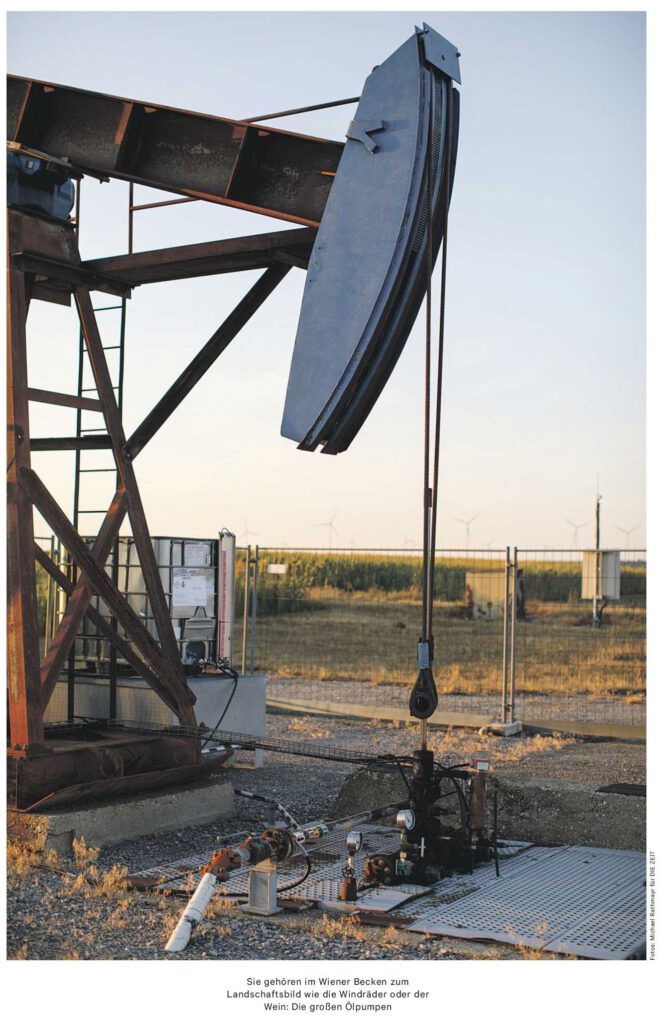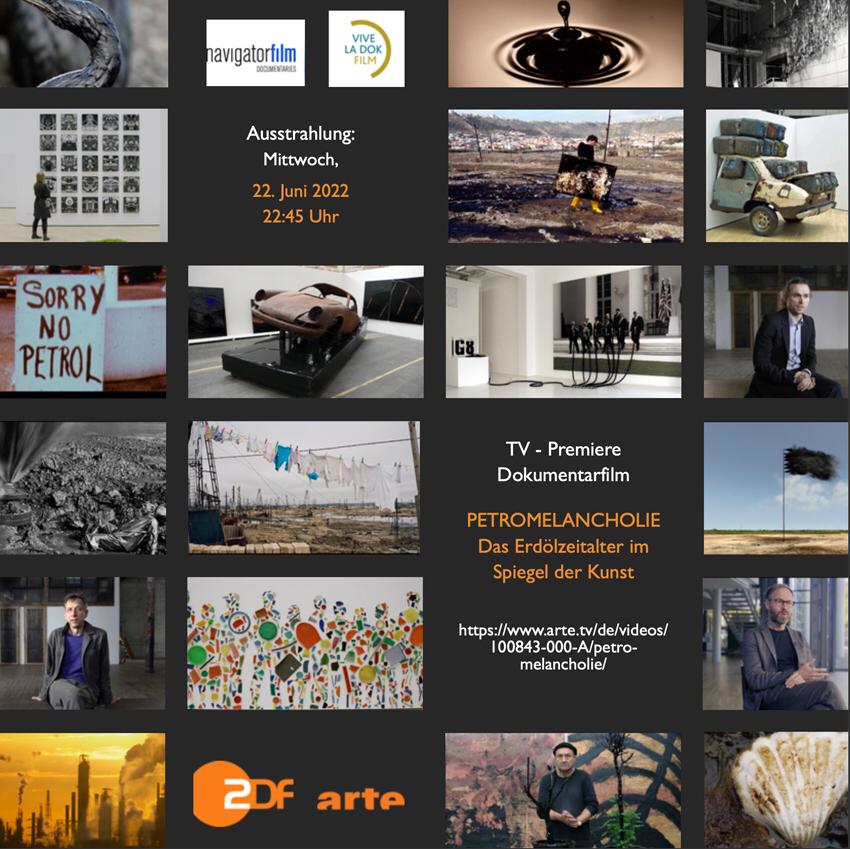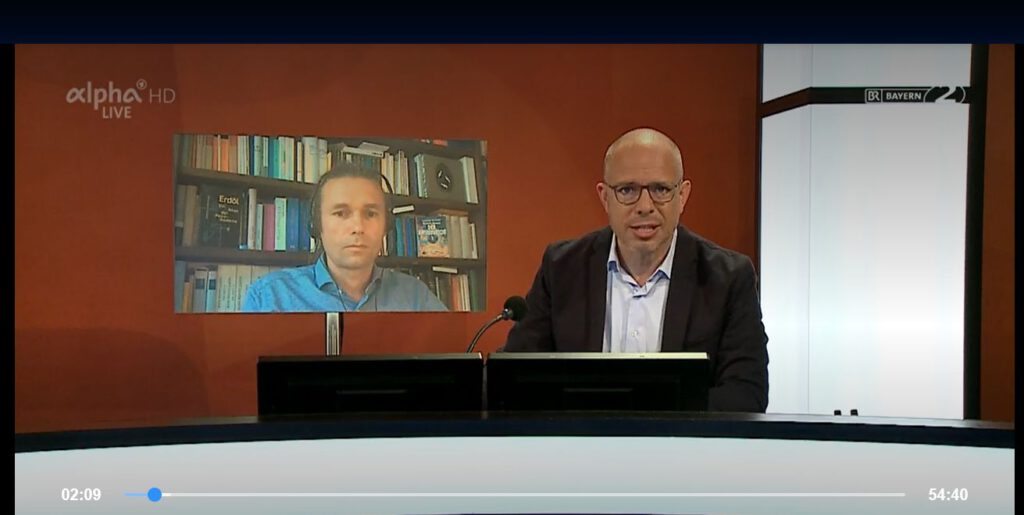»Petromelancholia« examines the enormous consequences of a life beyond oil, the magnitude of which many do not yet realize. Unlike the many exhibitions that sing about doom scenarios or kick in the open doors of the climate crisis, Petromelancholia reflects on the legacy of the oil age and the new meaning that this past will irrevocably acquire. What has oil brought us, materially and especially culturally, and what might disappear or change?
listen into: »Abschied vom Ölzeitalter: „Petromelancholia“ in neuem Kunstraum in Rotterdam«, Kerstin Schweighöfer on DEUTSCHLANDFUNK on the Exhibition (in GERMAN)
several newspapers brought reviews, find some of them here (all in dutch):
–> Trouw, Sept 8 2023
–> Telegraaf, Sept 12 2023
–> NRC, Sept 13 2023
–> De Volkskrant, Sept 15 2023
Download exhibition flyer as pdf.
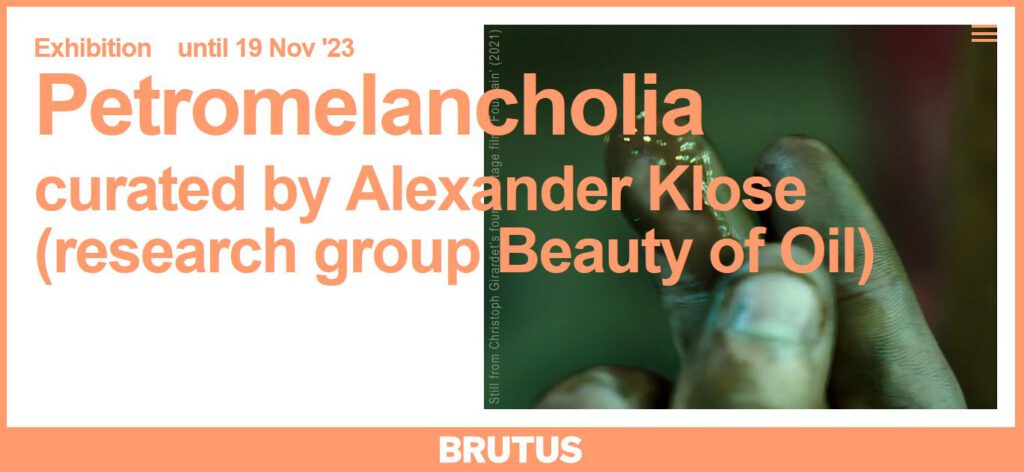
A large croud is present at Alexander Klose’s opening speech at BRUTUS Rotterdam!
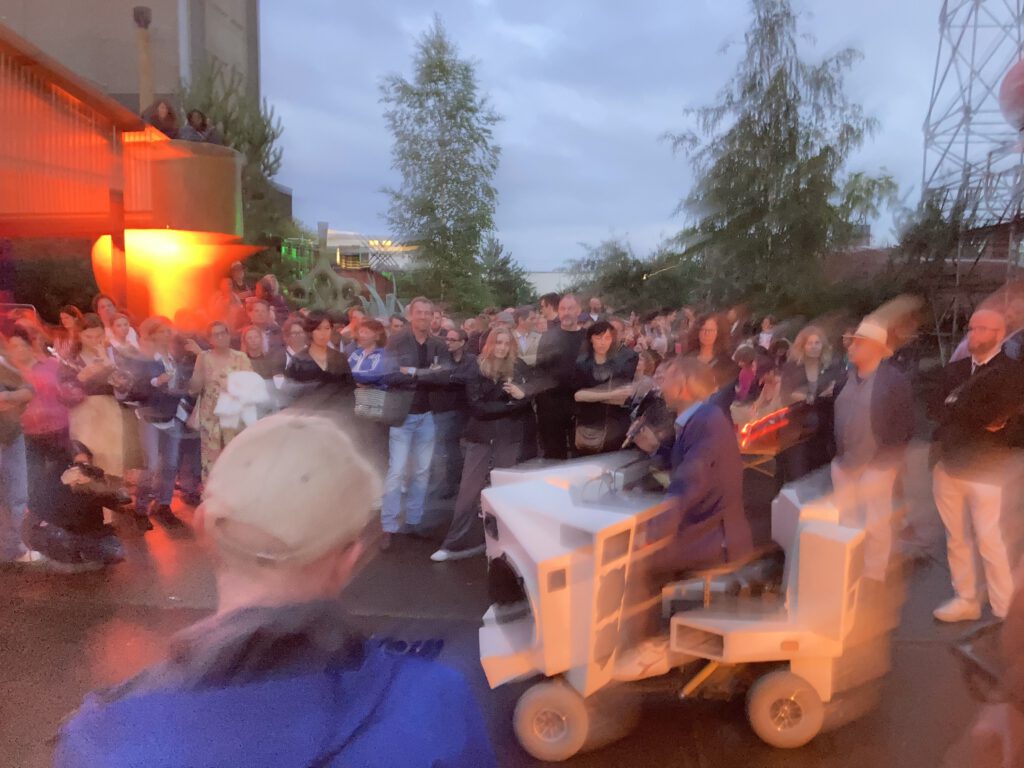
It’s hard to think of a better location for Petromelancholia than at BRUTUS – situated in the Rotterdam harbor. In few places will the impact of the energy transition be more visible than here. This is therefore the most appropriate place for critical self-reflection with a good dose of melancholy and nostalgia. The exhibition reflects an urgency that has never before been felt this strong.
With works by: Yuri Ancarani (ITA), Rowan van As (NLD), Alessandro Balteo-Yazbeck (VEN/GER), Diann Bauer (USA), Uwe Belz (GER), Vanessa Billy (CHE), Kevin van Braak & Ipeh Nur (NLD/IDN), Imani Jacqueline Brown (USA), Andrew Castrucci (USA), Chto Delat (RUS), Timo Demollin (NLD), Tanja Engelberts (NLD), Christoph Girardet (GER), Rumiko Hagiwara (JPN/NLD), heidundgriess (GER), Bernhard Hopfengärtner (GER), Aaditi Joshi (IND), Olaf Mooij (NLD), Leonhard Müllner & Robin Klengel (AUT), Hugo Niebeling (GER), Alain Resnais (FRA), Konstantin Schimanowski (RUS/GER), Miriam Sentler (NLD), Sanaz Sohrabi (IRN/CAN), Johannes Steendam (NLD), Gunhild Vatn (NOR), Jan Eric Visser (NLD), Rachel Youn (USA), Marina Zurkow (USA).
Visit Petromelancholia from 2nd of Sep until 19th of Nov.
During the official opening on Friday September 1st from 8 pm live performances Kems Kriol and DJ Sjoerd Oberman in collaboration with MOMO Fabrique Festival.
From Oct 25 to 29 several special events related to Petromelancholia at Goethe Institut Rotterdam and at Brutus. Program will be published here.
